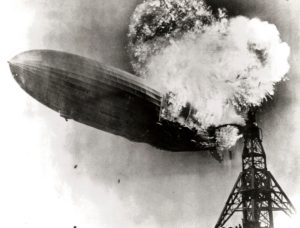 A proton consists of one pair of entangled e+-/e-+ and e-/e+ particles, one particle at each pole with alternating e-m directionality with every e-m interaction, and one positron (e+ particle) confined to system center.
A proton consists of one pair of entangled e+-/e-+ and e-/e+ particles, one particle at each pole with alternating e-m directionality with every e-m interaction, and one positron (e+ particle) confined to system center.
A hydrogen atom consists of a proton with an orbital e-+/e+- particle that is entangled with the positron at the proton’s system center, the two particles consisting of opposing alternating e-m directionality and interchanging identities with every e-m interaction, resulting in optimal directional balance.
In addition to the magnetic energy produced by energy of space, a strong gravitational energy gradient is formed by the energy of space to help provide directional balance. The gravitational energy gradient is formed by a higher and higher proportion of “potential” energy to “kinetic” energy of space nearer and nearer to the center of gravity.
The proton exists at a size analogous to that of the Schwarzchild radius for macroscopic bodies of mass, resulting in a very strong gravitational energy gradient within the proton.
Over time, the orbital e+-/e-+ particle may interact with a photon which changes its rate of e-m interaction, most of the time allowing it to “jump” to a higher energy level. However, when a photon causes the orbital e-+/e+- particle to become out-of-phase (same directionality) with its entangled nuclear e+-/e-+ partner, then the two become disentangled. The orbital e-+/e+- particle always converts to an electron (lower energy level structure than a positron), forcing the nuclear e+-/e-+ particle to convert to a positron (confined to the center of the proton).
